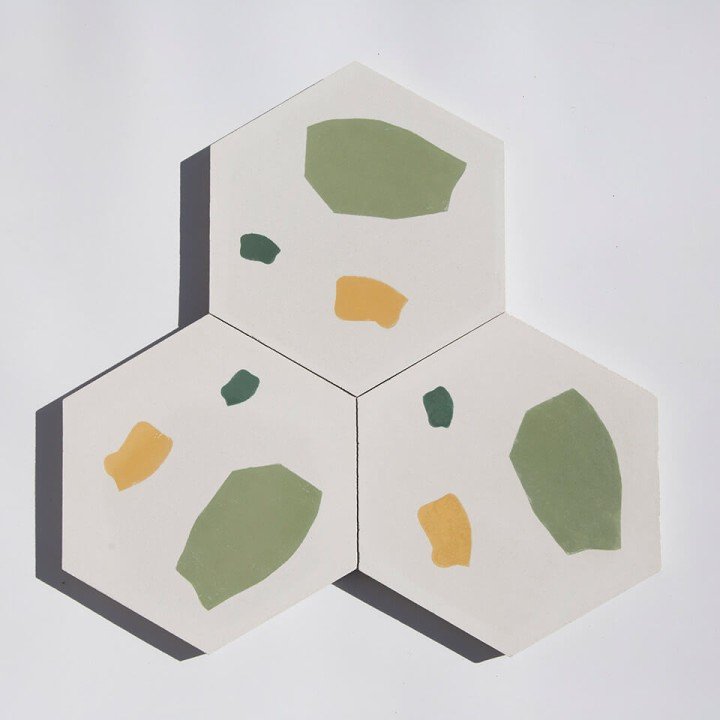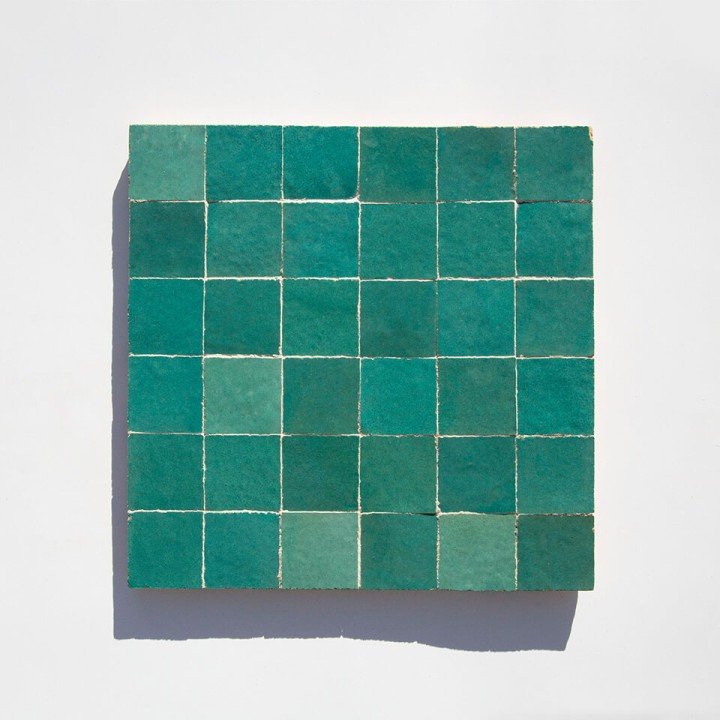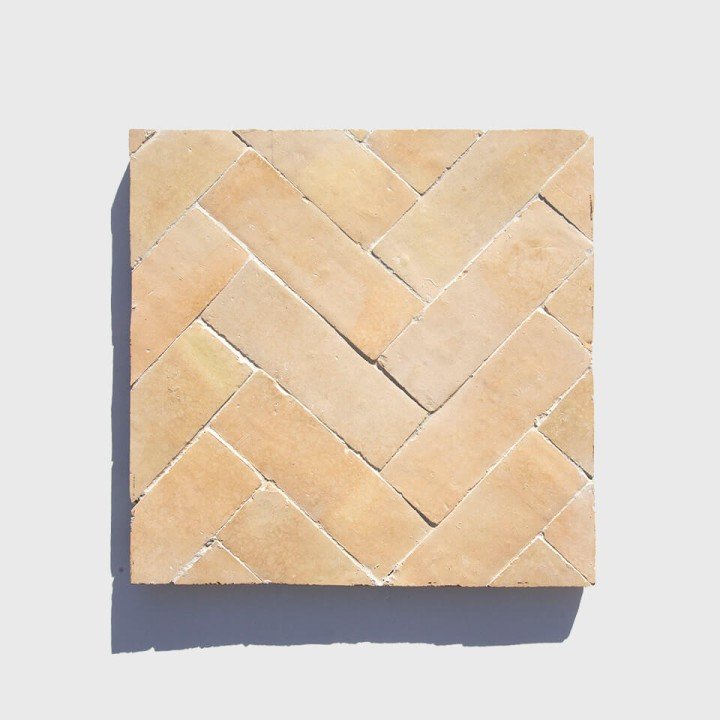Cement tiles, zellige and bejmat shine through their irregularities. It is what sets them apart from mass-produced tiles, and once installed together, the texture, look and feel results in a beautiful design piece.
Our tiles are produced on a made-to-order basis. Each production batch is bespoke according to your exact design and specifications.
Here is a short overview of the different types of tiles.


